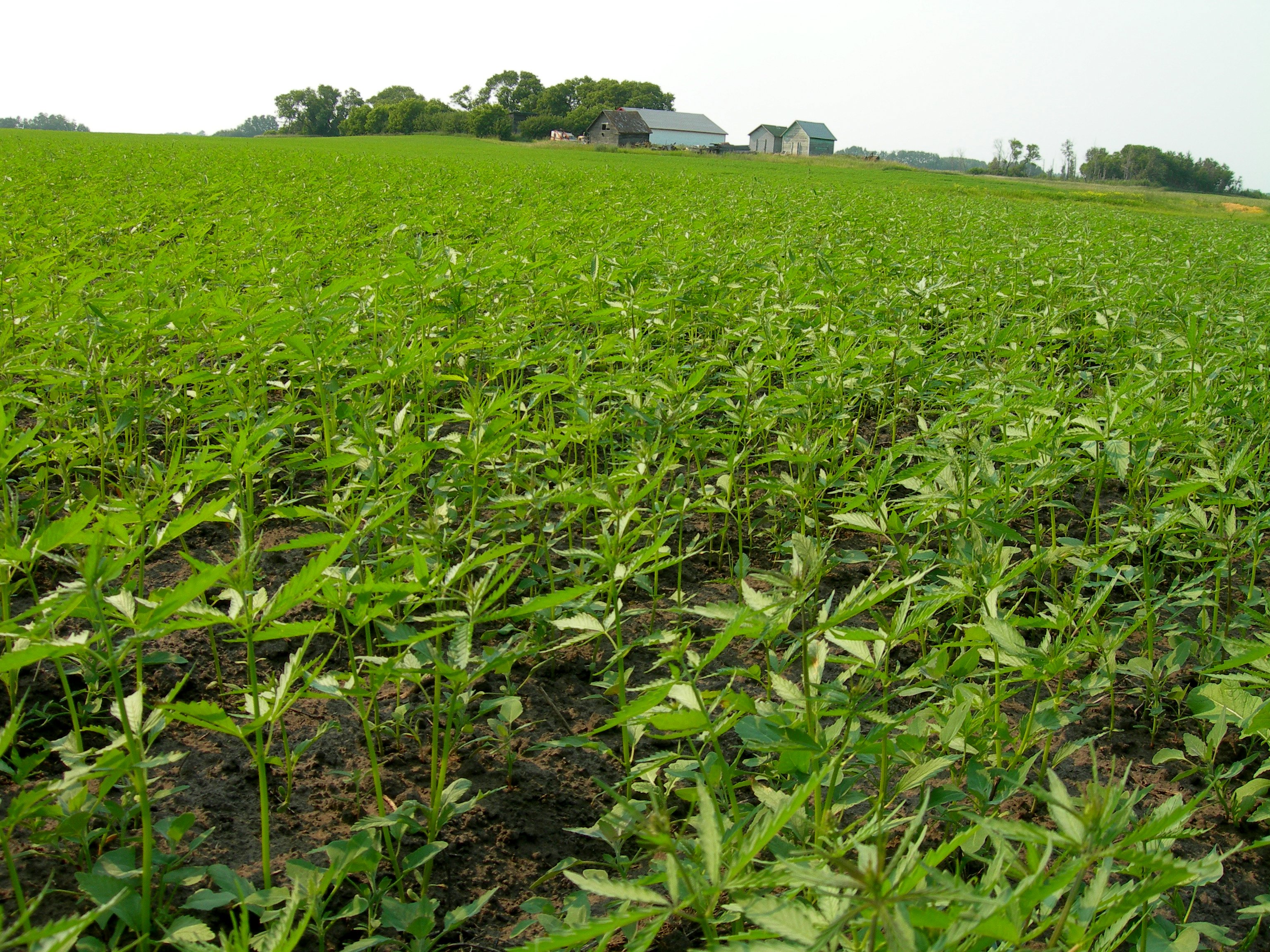Source: wmky.org

From THC levels to plant shape and uses, industrial hemp is worlds apart from its cannabis cousin marijuana, Maysville Rotary Club members learned on Tuesday.
Speaking at its meeting was Adam Watson, manager of the Organic Certification Program at the Kentucky Department of Agriculture.
Watson is also coordinator for the industrial hemp program in Kentucky which has been progressing since the passage of Kentucky Senate Bill 50 in 2013 and the Federal Farm Bill enacted in 2014.
Currently in the experimental stage, hemp production methods at the 20 Kentucky growers have been in line with how the plant is grown in Canada, Watson said.
Estimated crop value would be in the $600 to $800 per acre planted, Watson said.
The process of getting the program started was not without a hiccup along the way.
Even with the Farm Bill allowing Kentucky officials controlled production of hemp at specific experimental sites, seed for the project was delayed in planting last season, because the U.S. Drug Enforcement Administration determined importing the seed from Canada was illegal and seized the shipment.
Legal wranglings later, the seed was released to Kentucky officials and the planting of 33.4 acres of the first legal hemp to grow in Kentucky in decades began in 2014.
In general the growing cycle is 60-90 days, with the exception of seed crops which go about 120 days, he said.
A Certified Seed crop is being grown this year, eventually alleviating the need to import the seed, he said.
The industrial hemp crops can be used for a variety of products and grown in different ways, and is estimated to be a part of more than 25,000 products worldwide.
Some varieties, 38 are being tested, are better suited for fiber production , while others are better suited for nutraceutical purposes as a treatment material.
Grain crops, which can be used in human consumption, as in protein drinks, produce a nutritionally beneficial material which is high in protein, Omega 3 and Omega 6 fatty acids and gamma linoleic acid (GLA) which few plants produce, Watson said.
Growing the materials is one thing, finding appropriate harvesting and processing facilities has been the other part of the research project, Watson said.
“There is a huge amount of marketing to explore,” Watson said. “We don't want to exclude a category of products until it has been researched adequately.”
Materials currently being imported from foreign countries, like vehicle parts, could be produced using industrial hemp, Watson said.
“It doesn't make sense to import a product from, say Indonesia, which is made from something we can grow right here,” Watson said.
This year the experiment is expected to be expanded to about 125 sites and more than 1,000 acres, with each site monitored and anyone involved trained and subjected to background checks, Watson said.
Rotary members asked Watson about potential issues of cross pollination, should someone plant illegal marijuana, near a legal hemp field.
Ironically, in Colorado, where marijuana is now legal and regulated, marijuana growers are pushing to keep hemp growers away from marijuana crops, because the cross pollination lowers the quality of the marijuana, Watson said.
In the Kentucky experimental sites, there have not been any attempts to “hide” illegal crops in hemp fields, Watson said.
“Someone did steal some of the hemp, but I think they would have been very disappointed,” Watson said drawing a laugh from the crowd.
No comments:
Post a Comment